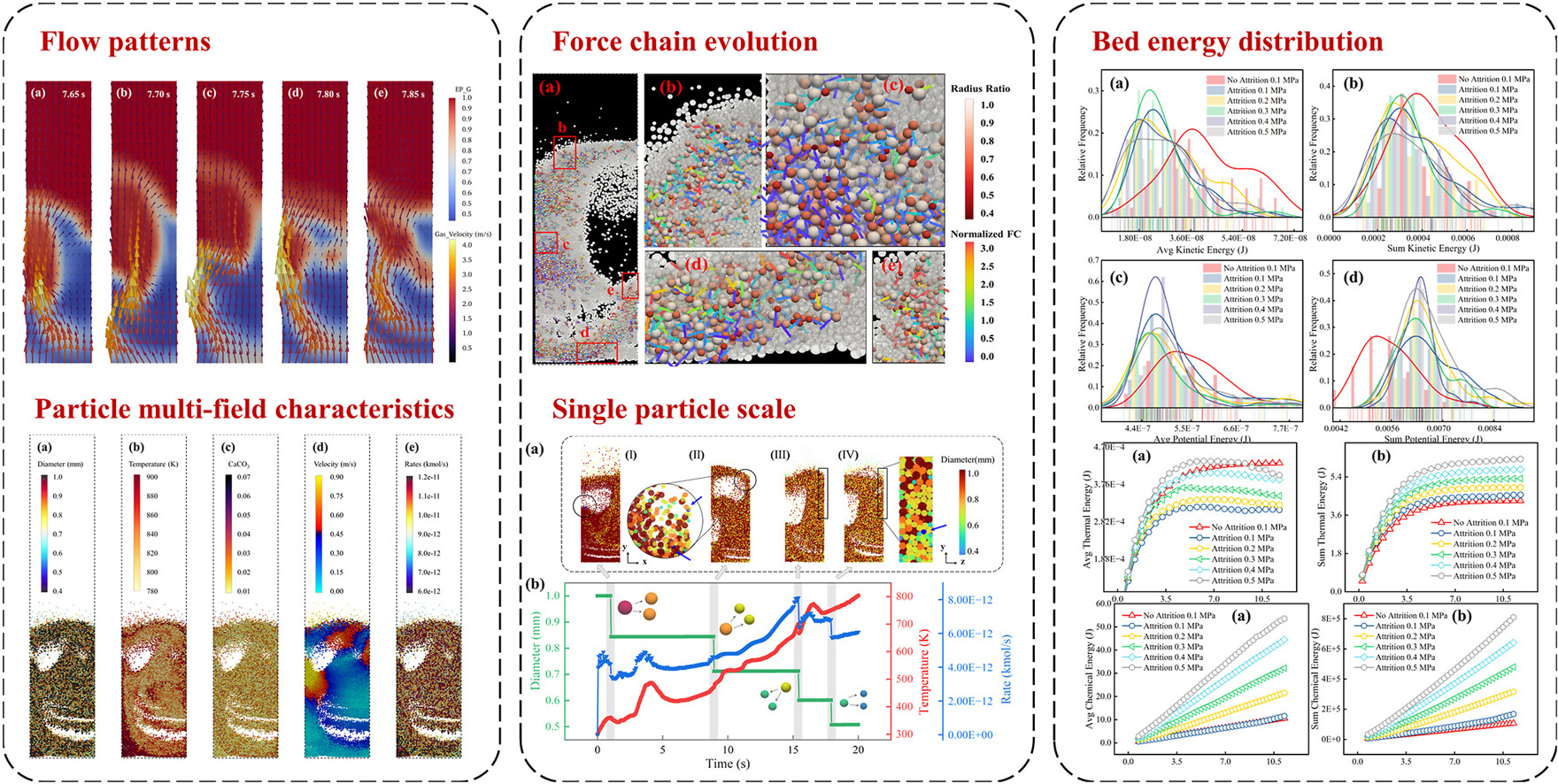- Volumes 96-107 (2025)
-
Volumes 84-95 (2024)
-
Volume 95
Pages 1-392 (December 2024)
-
Volume 94
Pages 1-400 (November 2024)
-
Volume 93
Pages 1-376 (October 2024)
-
Volume 92
Pages 1-316 (September 2024)
-
Volume 91
Pages 1-378 (August 2024)
-
Volume 90
Pages 1-580 (July 2024)
-
Volume 89
Pages 1-278 (June 2024)
-
Volume 88
Pages 1-350 (May 2024)
-
Volume 87
Pages 1-338 (April 2024)
-
Volume 86
Pages 1-312 (March 2024)
-
Volume 85
Pages 1-334 (February 2024)
-
Volume 84
Pages 1-308 (January 2024)
-
Volume 95
-
Volumes 72-83 (2023)
-
Volume 83
Pages 1-258 (December 2023)
-
Volume 82
Pages 1-204 (November 2023)
-
Volume 81
Pages 1-188 (October 2023)
-
Volume 80
Pages 1-202 (September 2023)
-
Volume 79
Pages 1-172 (August 2023)
-
Volume 78
Pages 1-146 (July 2023)
-
Volume 77
Pages 1-152 (June 2023)
-
Volume 76
Pages 1-176 (May 2023)
-
Volume 75
Pages 1-228 (April 2023)
-
Volume 74
Pages 1-200 (March 2023)
-
Volume 73
Pages 1-138 (February 2023)
-
Volume 72
Pages 1-144 (January 2023)
-
Volume 83
-
Volumes 60-71 (2022)
-
Volume 71
Pages 1-108 (December 2022)
-
Volume 70
Pages 1-106 (November 2022)
-
Volume 69
Pages 1-122 (October 2022)
-
Volume 68
Pages 1-124 (September 2022)
-
Volume 67
Pages 1-102 (August 2022)
-
Volume 66
Pages 1-112 (July 2022)
-
Volume 65
Pages 1-138 (June 2022)
-
Volume 64
Pages 1-186 (May 2022)
-
Volume 63
Pages 1-124 (April 2022)
-
Volume 62
Pages 1-104 (March 2022)
-
Volume 61
Pages 1-120 (February 2022)
-
Volume 60
Pages 1-124 (January 2022)
-
Volume 71
- Volumes 54-59 (2021)
- Volumes 48-53 (2020)
- Volumes 42-47 (2019)
- Volumes 36-41 (2018)
- Volumes 30-35 (2017)
- Volumes 24-29 (2016)
- Volumes 18-23 (2015)
- Volumes 12-17 (2014)
- Volume 11 (2013)
- Volume 10 (2012)
- Volume 9 (2011)
- Volume 8 (2010)
- Volume 7 (2009)
- Volume 6 (2008)
- Volume 5 (2007)
- Volume 4 (2006)
- Volume 3 (2005)
- Volume 2 (2004)
- Volume 1 (2003)
• Integrated attrition model involves mechanical-thermal-reaction used in thermochemical energy storage simulation.
• Breakage particles form multi-level force chain network, but weakening local chains.
• Wear and breakage increase both reaction rate and bed energy unevenness.
• Pressure and velocity accelerate the energy storage conversion process.
Due to advantages such as rapid heat transfer and thorough mixing, fluidized bed reactors have become highly efficient systems for energy storage processes. However, under high temperatures and reactive conditions, severe particle attrition alters both the temperature response characteristics of the bed material and the gas–solid fluidization behavior, which impacts energy storage cycles. This study simulates the multi-field coupling characteristics of an energy storage fluidized bed reactor under attrition conditions, analyzing particle force chains, individual particle reactions, heat transfer, and the effects of operating parameters on energy distribution. The results indicate that particle attrition generates small particles within the bed, leading to uneven temperature and chemical energy distribution. The force chain network becomes more complex yet weaker, reducing the bed's mechanical stability. Increased surface area from particle breakage enhances thermal exchange with the gas, causing an initial rise in reaction rate, which then decreases as local reactants are depleted. Operational parameters such as operating pressure, gas temperature, and inlet velocity significantly impact energy release. These findings provide a theoretical basis for the design and optimization of energy storage fluidized bed reactors.

